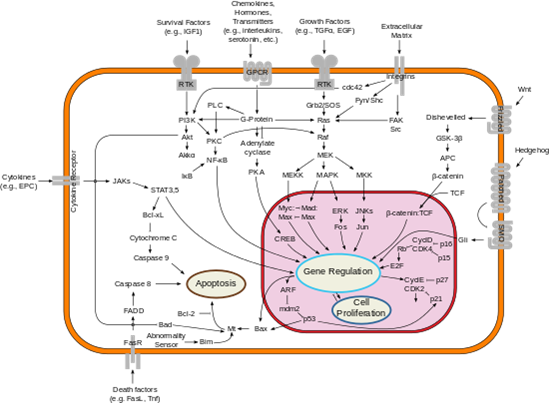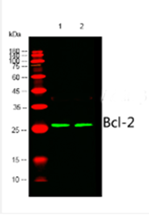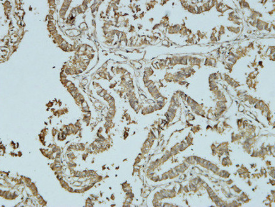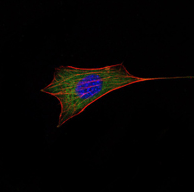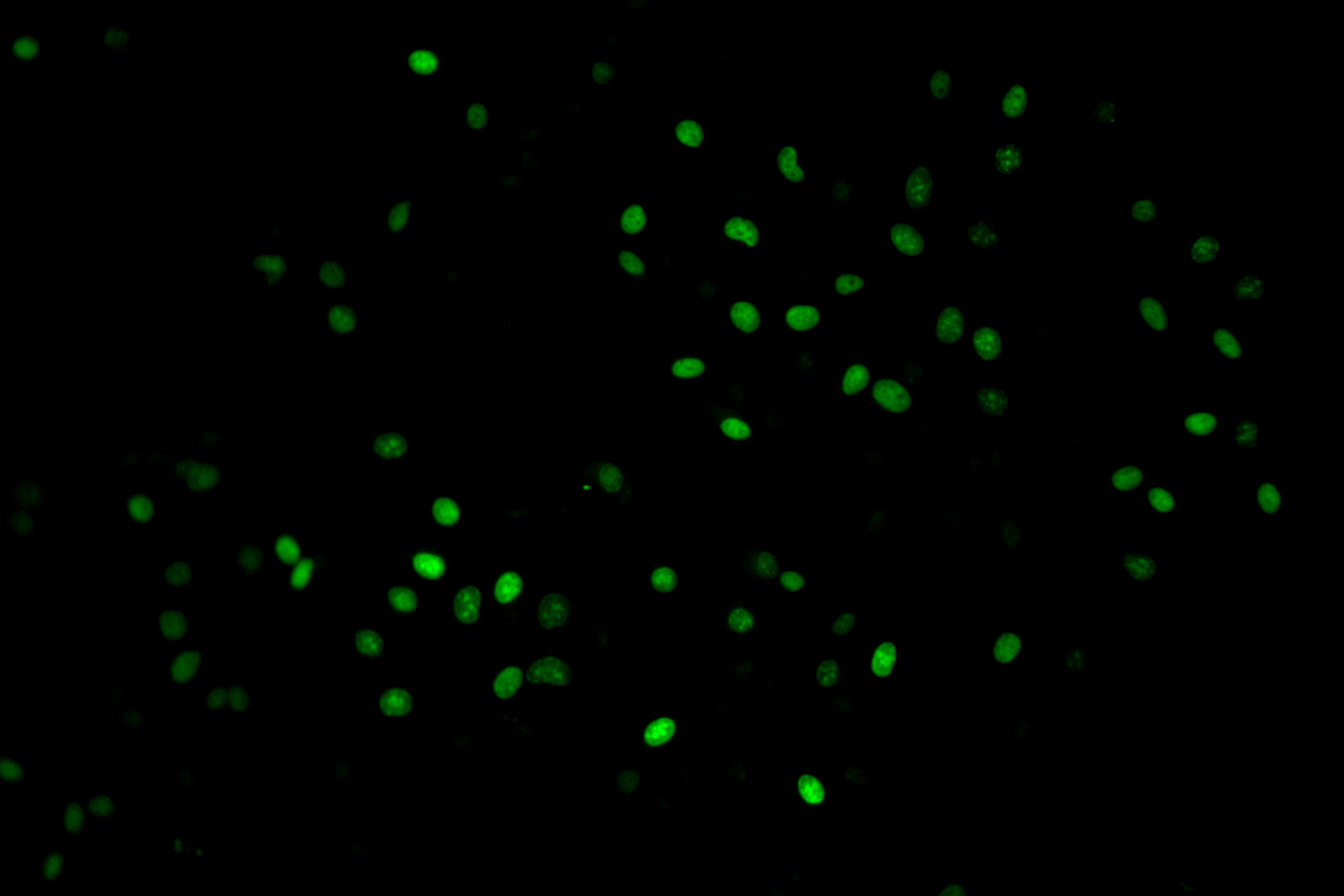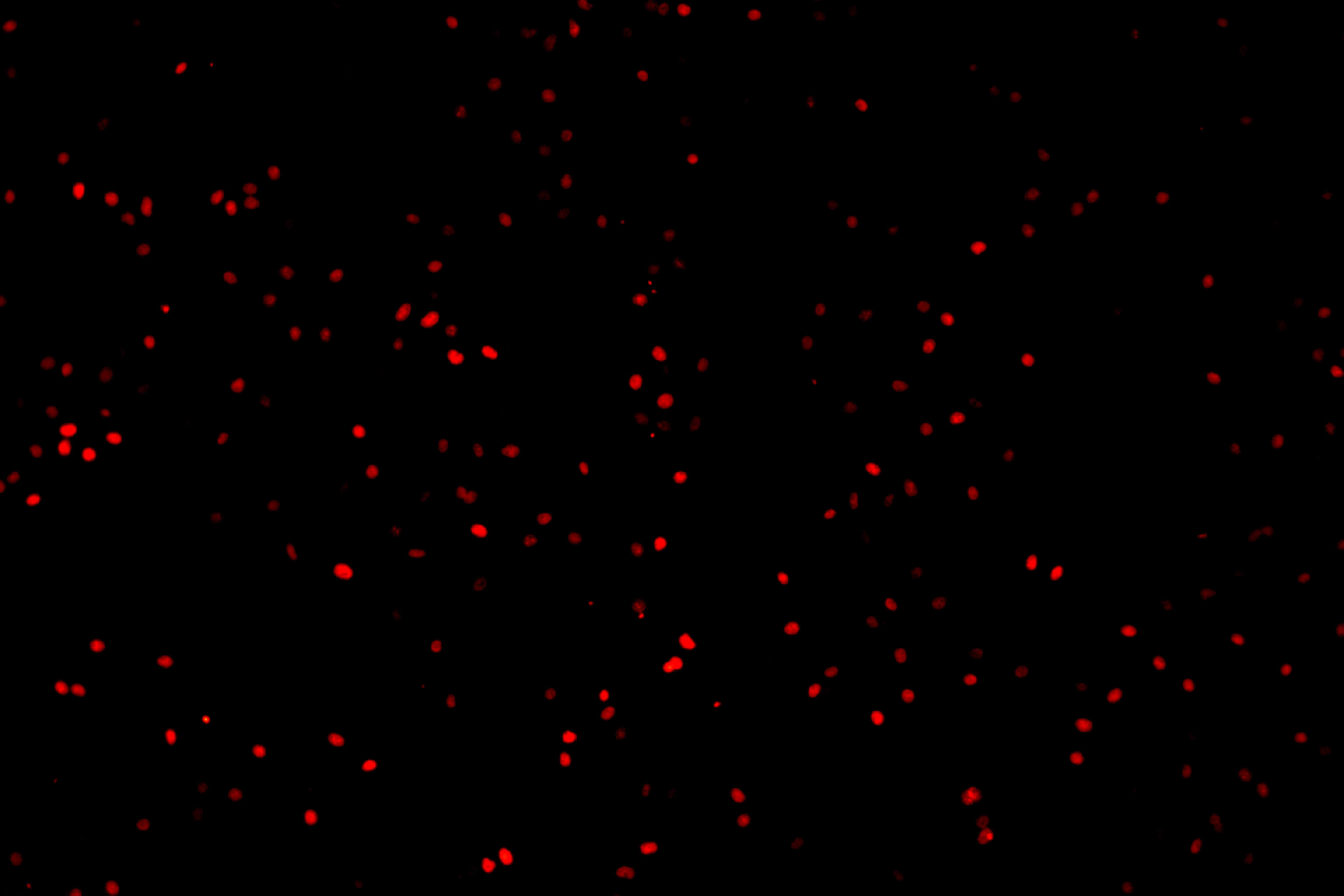Abbkine focuses on immunology and cytology, and is committed to innovating and developing various antibodies, proteins, analytical reagents and kits, with a view to becoming a key promoter in the fields of life science research and development, drug research and development, etc.

Some articles published using Abbkine products:
1. The negative effect of silica nanoparticles on adipogenic differentiation of human mesenchymal stem cells. Materials Science and Engineering. (IF: 27.24)
Using Abbkine Dylight 594, Goat Anti-Mouse IgG
2. Bph6 encodes an exocyst-localized protein and confers broad resistance to planthoppers in rice. NATURE GENETICS. (IF: 19.88)
Using Abbkine Anti-Plant Actin Mouse Monoclonal Antibody (3T3)
3. The deubiquitinating enzyme cylindromatosis mitigates nonalcoholic steatohepatitis. . (IF: 19.14)
Using Abbkine HRP, Goat Anti-Rabbit IgG
4. Research on the interaction of protein Tmub1 and securin after partial hepatectomy. Journal of the American Chemical Society. (IF: 14.75)
Using Abbkine IFKine™ Red Donkey Anti-Rabbit IgG
5. Verification of Differential Expression Genes after CacyBP/SIP Nuclear Translocation in Colon Carcinoma Cell Line. Journal of the American Chemical Society. (IF: 14.75)
Using Abbkine Anti-PCNA Mouse Monoclonal Antibody (1D7)
6. CD8+T cells induce cachexia during chronic viral infection. NATURE IMMUNOLOGY. (IF: 14.71)
Using Abbkine EliKine™ Free Triiodothyronine (fT3) ELISA Kit
7. SET8 prevents excessive DNA methylation by methylation-mediated degradation of UHRF1 and DNMT1. Nucleic Acids Research. (IF: 11.14)
Using Abbkine Pan Methylated Lysine Monoclonal Antibody (Mix)
8. The lncRNA PVT1 regulates nasopharyngeal carcinoma cell proliferation via activating the KAT2A acetyltransferase and stabilizing HIF-1α. Cell Death & Differentiation. (IF: 8.086)
Using Abbkine KAT6A
Polyclonal Antibody
9. DIPK2A promotes STX17- and VAMP7-mediated autophagosome-lysosome fusion by binding to VAMP7B. Autophagy. (IF: 7.01)
Using Abbkine IPKine™
HRP, Goat Anti-Mouse IgG HCS
10. CAV1-CAVIN1-LC3B-mediated autophagy regulates high glucose-stimulated LDL transcytosis. Autophagy. (IF: 7.01)
Using Abbkine IPKine™ HRP, Goat Anti-Rabbit IgG HCS
Some partners of
Abbkine:
Harvard University, Georgia Institute of Technology, Oxford University, Duke University, Stanford University, Peking University, Tsinghua University, Zhejiang University, Chinese Academy of Sciences, Wuhan University, Fudan University.

